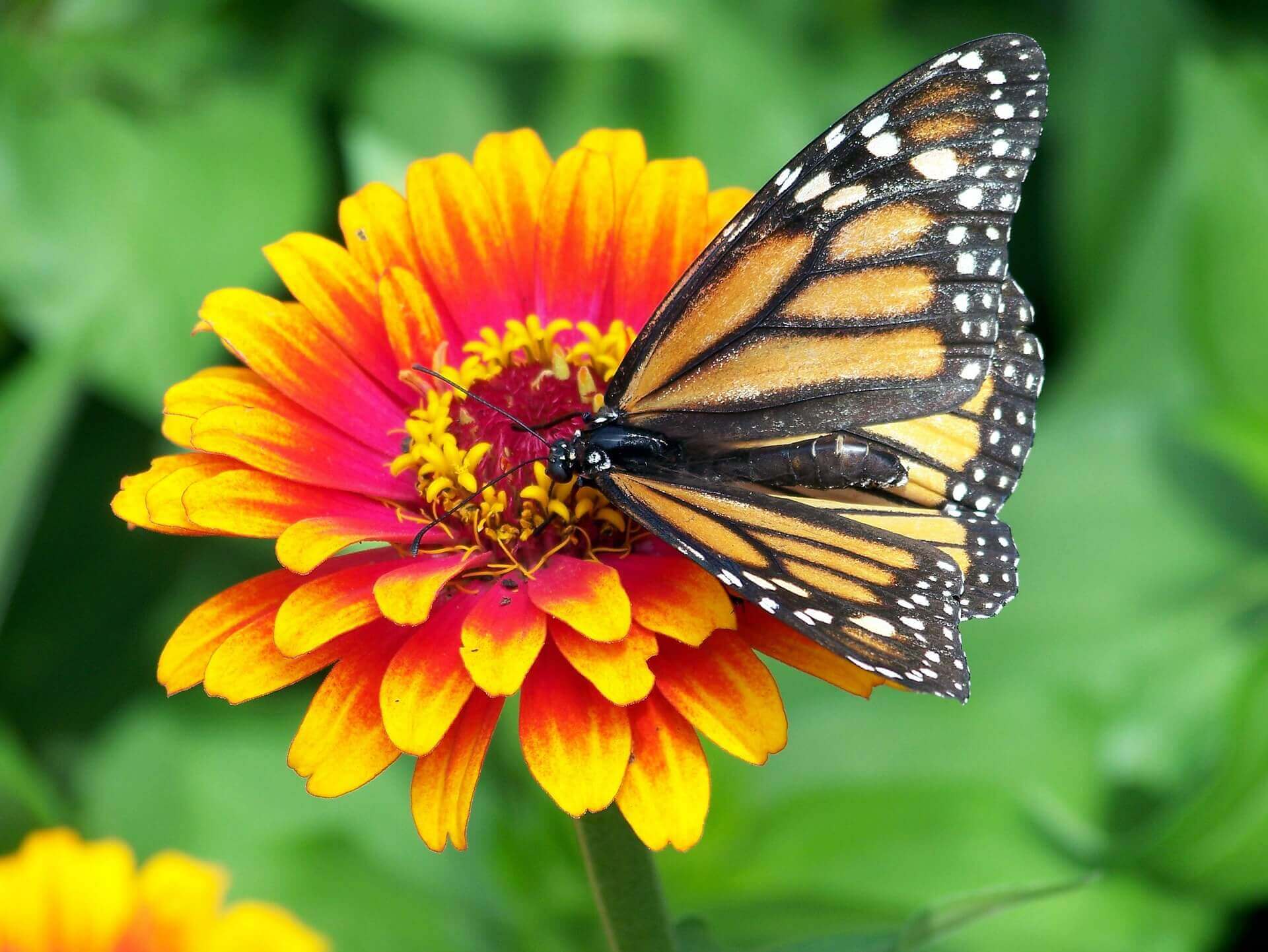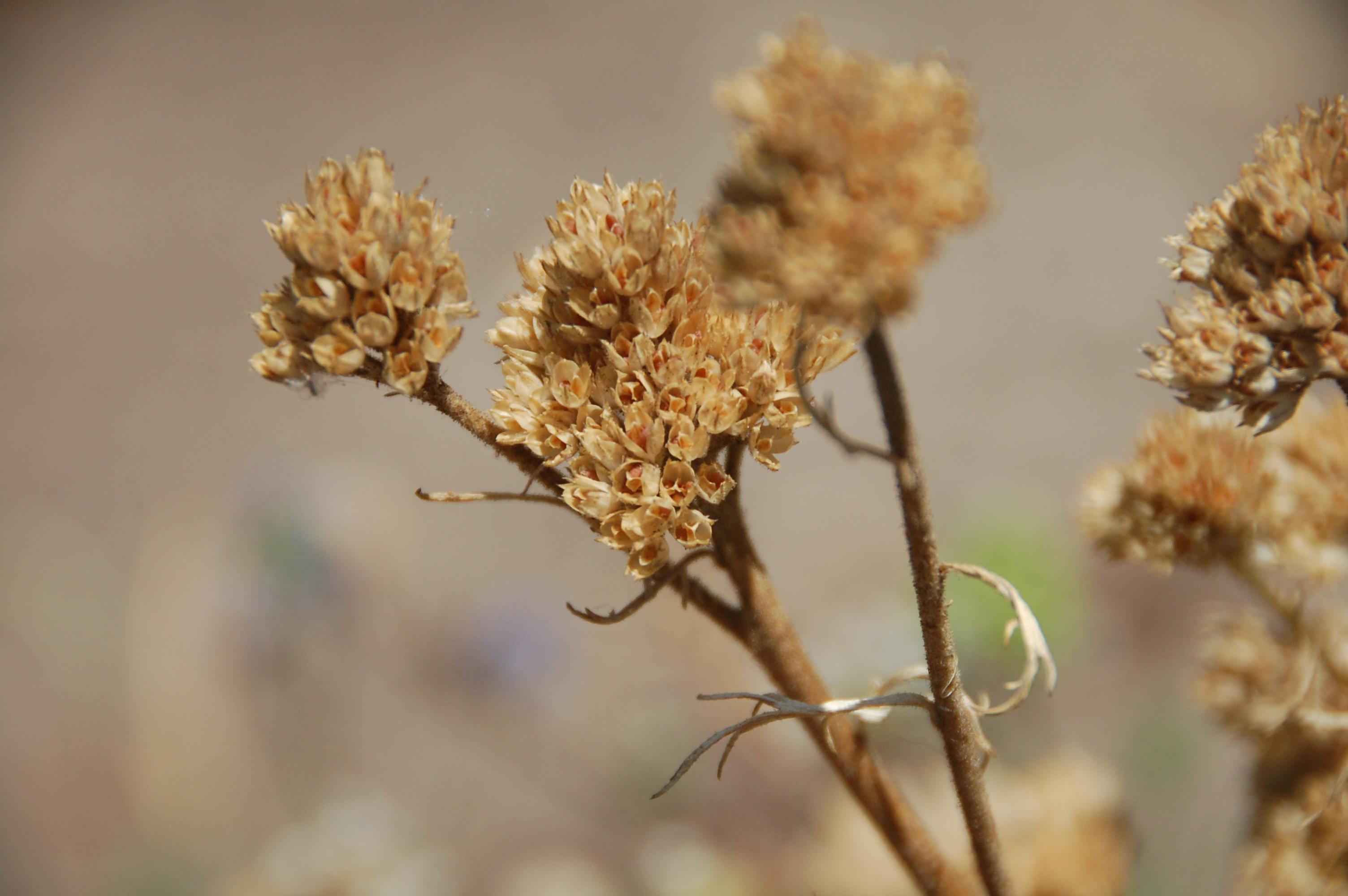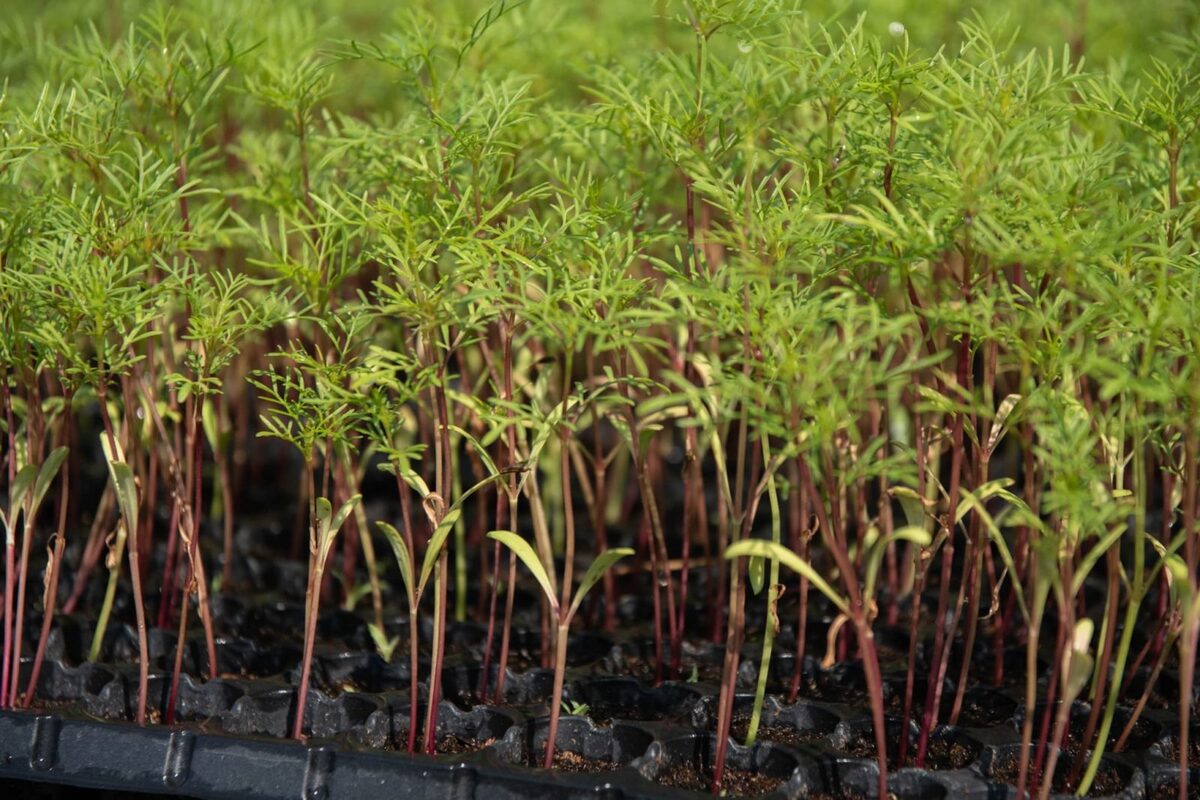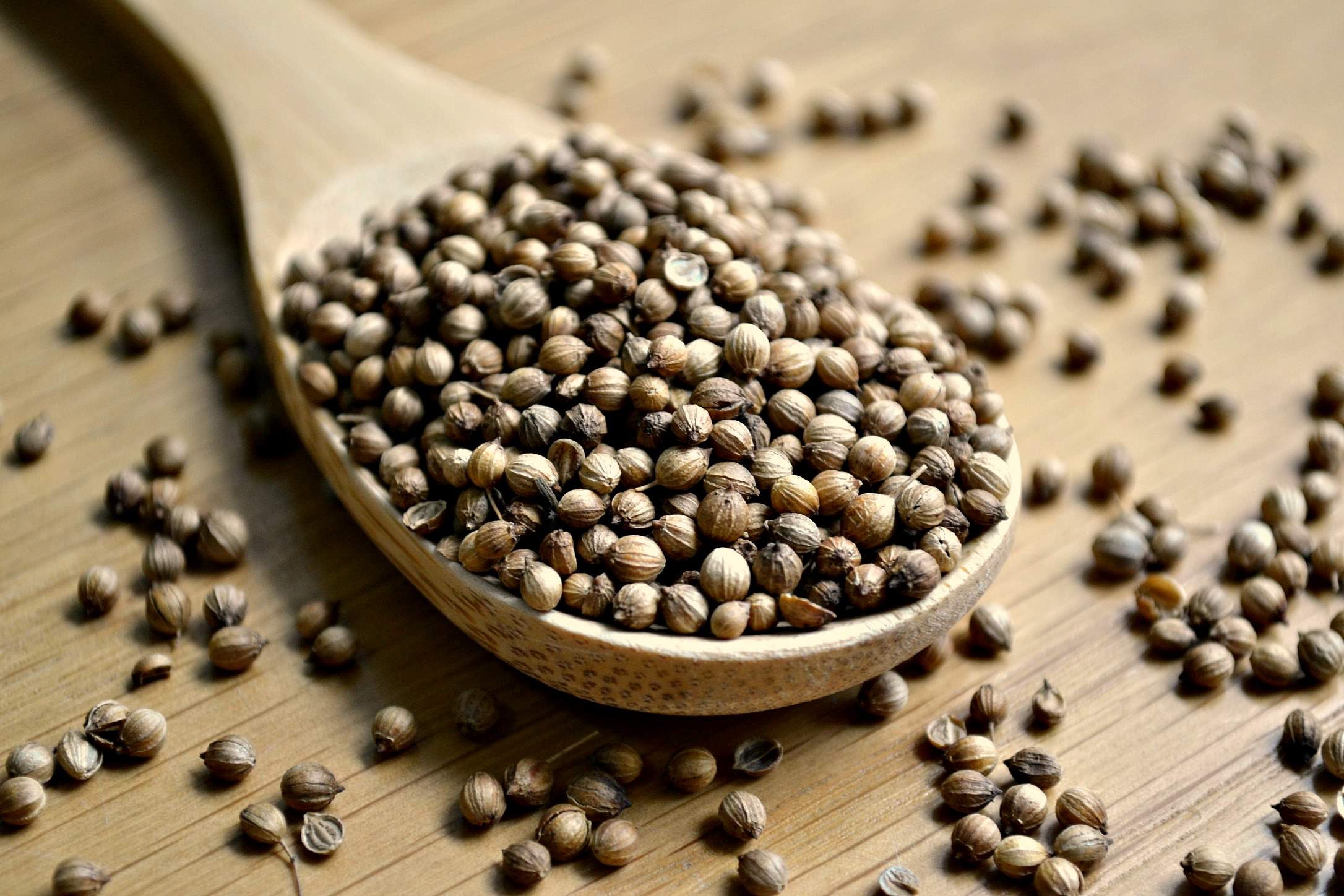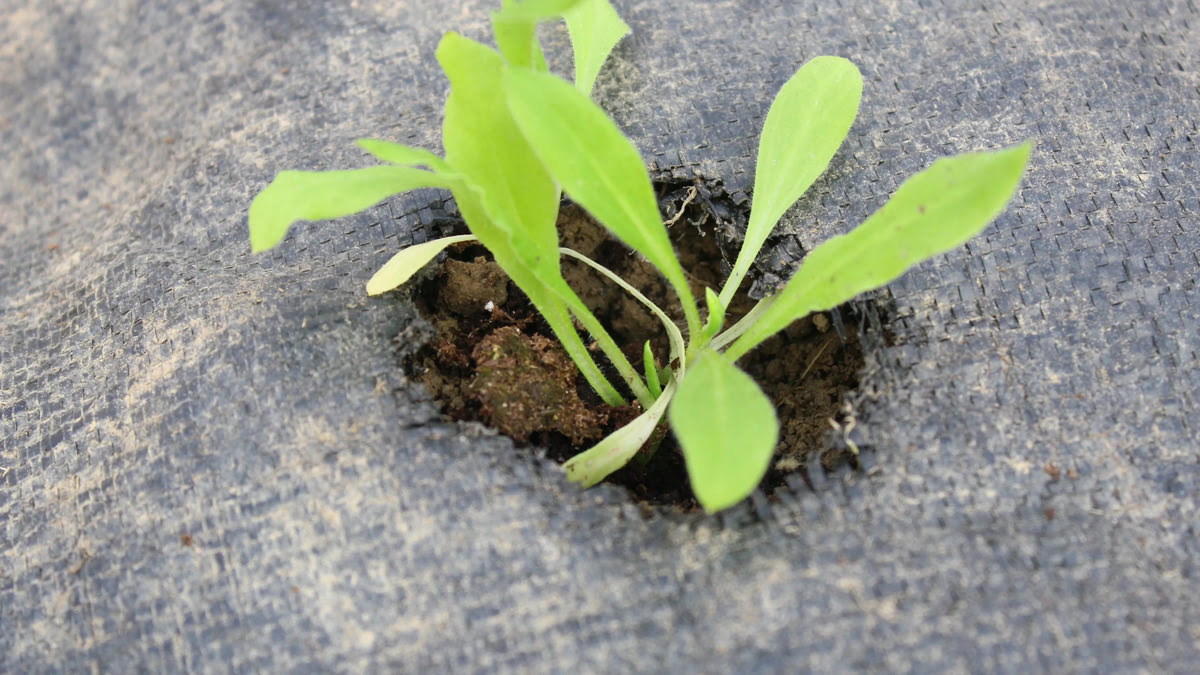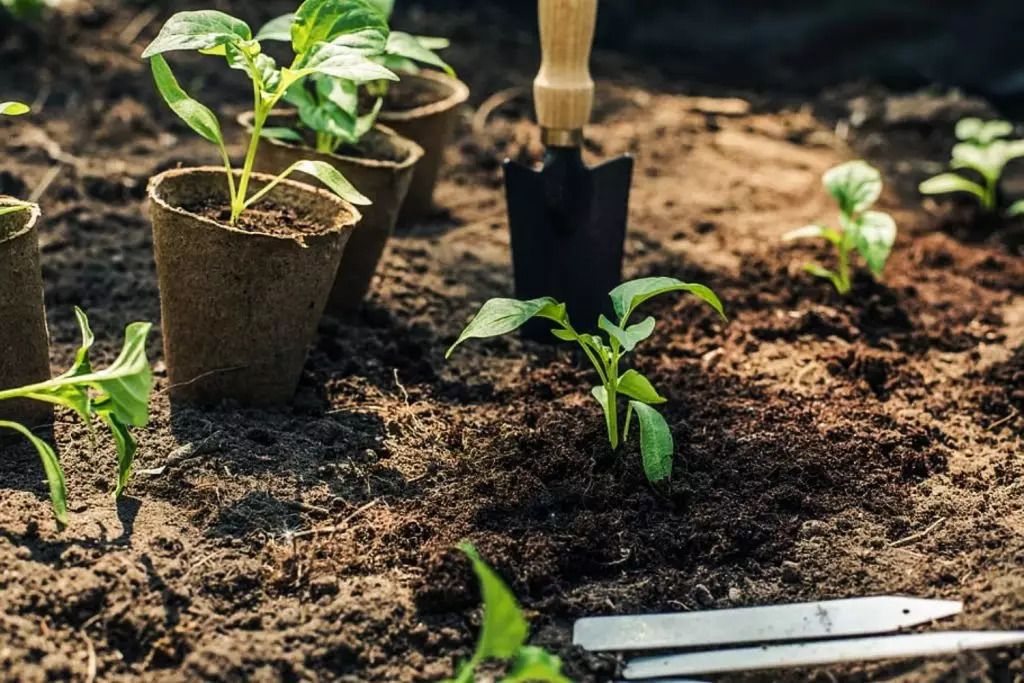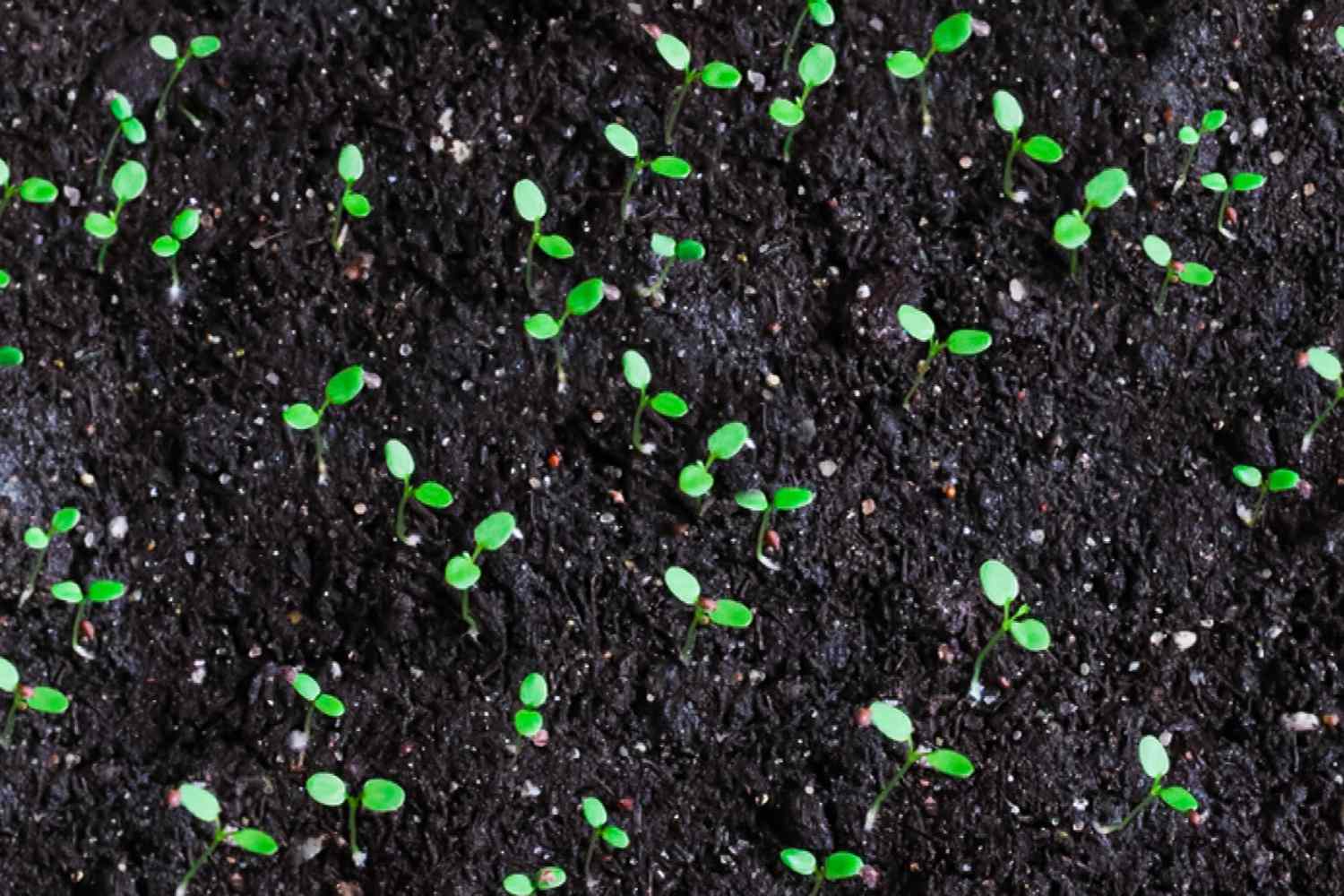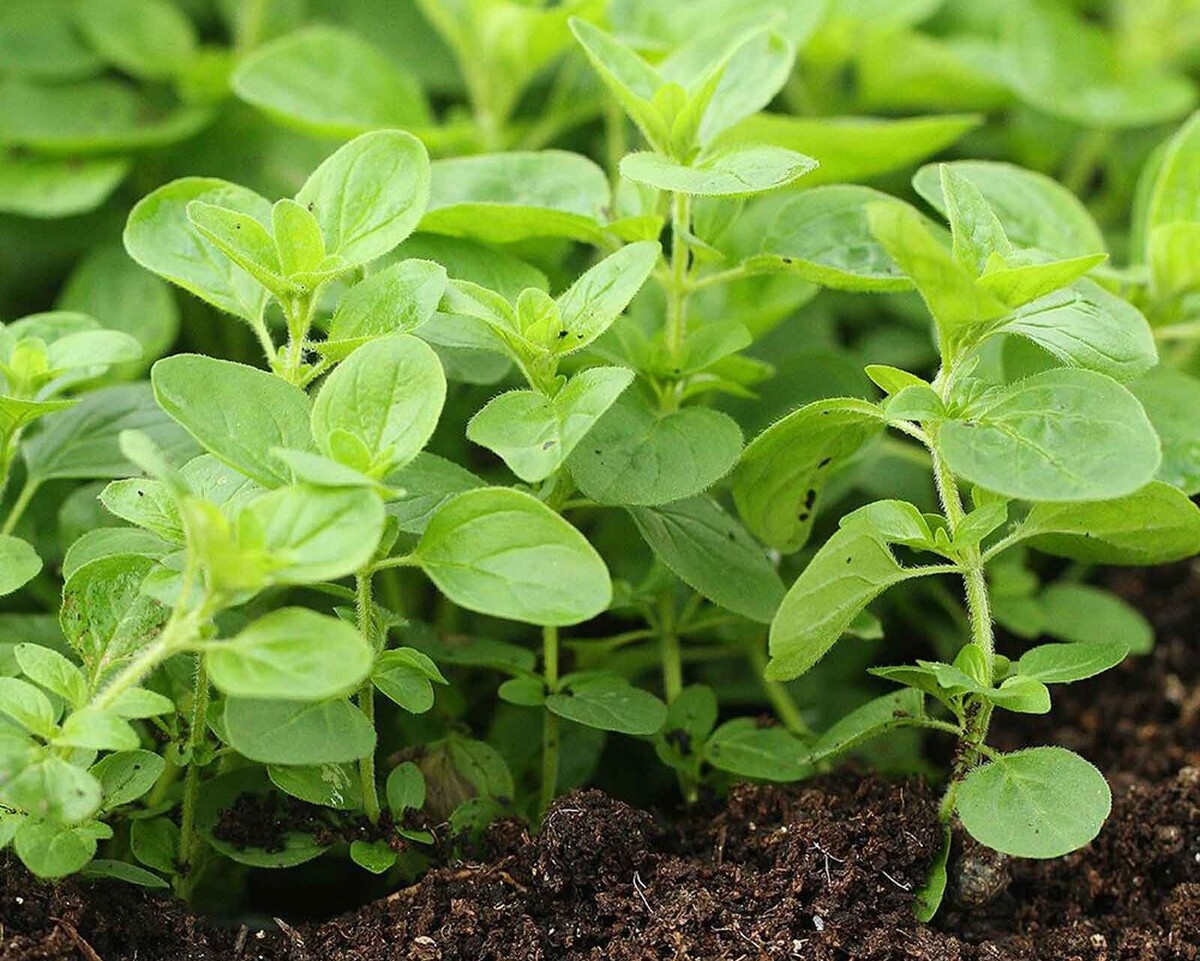Home>Gardening Techniques>Plant Care>What Shrubs Do Bees Like
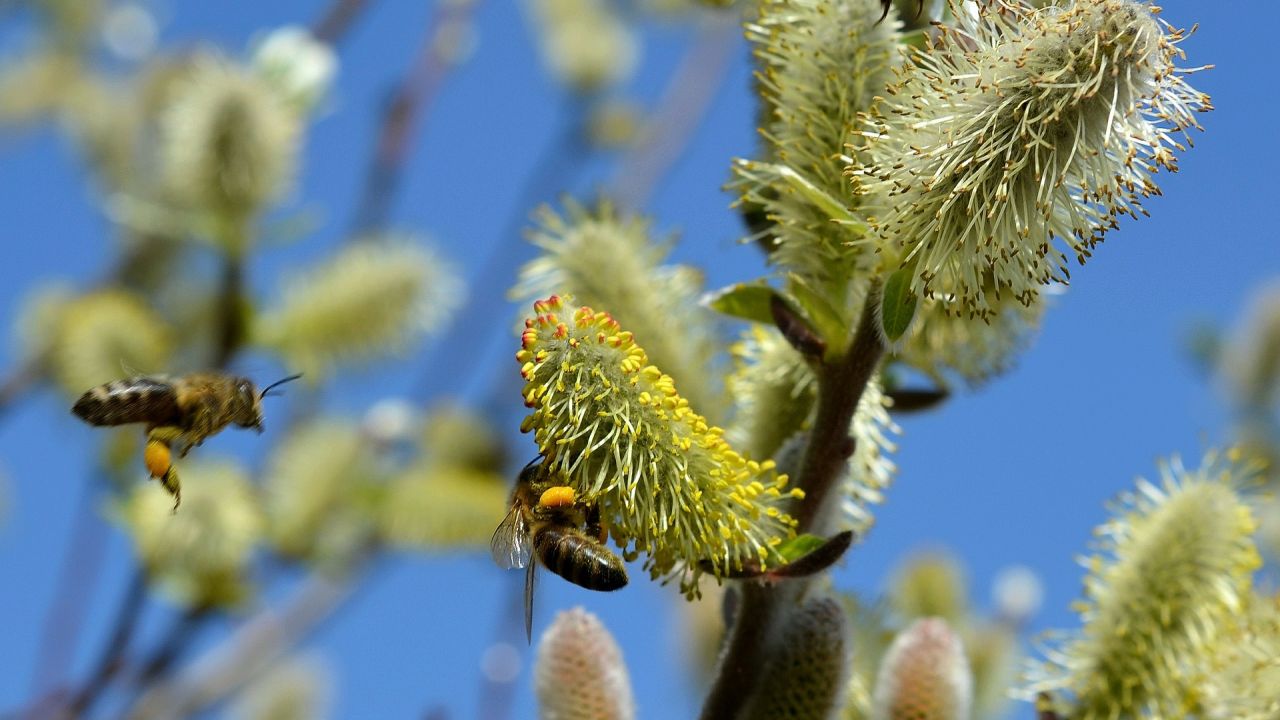

Plant Care
What Shrubs Do Bees Like
Published: October 23, 2023
Discover the top shrubs that attract bees to your garden with our comprehensive plant care guide. Keep your plants healthy and the bees happy!
(Many of the links in this article redirect to a specific reviewed product. Your purchase of these products through affiliate links helps to generate commission for Chicagolandgardening.com, at no extra cost. Learn more)
Table of Contents
Introduction
Welcome to the world of plant care! Whether you’re a seasoned gardener or just starting out, understanding how to care for your plants is essential for their health and well-being. One crucial aspect of plant care is creating an environment that is conducive to pollination, which plays a vital role in the growth and reproduction of plants. In this article, we will explore the importance of bees in plant pollination and discover which shrubs are particularly attractive to bees.
Bees are incredible creatures that serve as essential pollinators in our ecosystem. They not only play a significant role in maintaining biodiversity but also contribute to the overall health and productivity of plant life. By transferring pollen from one flower to another, bees enable the fertilization process, allowing plants to produce fruits, seeds, and new plants.
Unfortunately, bee populations have been declining worldwide, primarily due to habitat loss, pesticide use, and climate change. This decline in bee populations poses a grave threat to the balance of ecosystems and food production. Therefore, it is crucial for us as gardeners and plant enthusiasts to do our part in creating bee-friendly environments and supporting these vital pollinators.
One way to attract bees to your garden is by incorporating shrubs that are known to be appealing to them. Certain shrubs provide bees with a rich source of nectar and pollen, making them irresistible to these buzzing creatures. By planting these shrubs, you can create a haven for bees and enhance the pollination of your plants.
When selecting bee-friendly shrubs for your garden, it’s essential to consider various factors such as the climate of your region, the specific needs of the shrubs, and the preferences of the bees in your area. By understanding these factors, you can choose the most suitable shrubs that will not only attract bees but also thrive in your garden.
In the following sections, we will delve deeper into the shrubs that are known to attract bees, the factors to consider when choosing bee-friendly shrubs, and steps you can take to create a bee-friendly garden. So, let’s get started on this exciting journey of creating a beautiful and buzzing sanctuary for bees!
Importance of Bees in Plant Pollination
Bees play a critical role in the process of plant pollination, making them essential contributors to our ecosystem. When bees visit flowers to collect nectar and pollen, they inadvertently transfer pollen from the male parts of one flower to the female parts of another flower, enabling fertilization and seed production. This process is crucial for the reproduction of a wide variety of plants, including many of the fruits, vegetables, and flowering plants that we rely on for food and aesthetics.
One of the reasons why bees are such effective pollinators is their sheer abundance. With an estimated 20,000 known bee species worldwide, they are a plentiful and diverse group of insects. As bees go from flower to flower, collecting nectar and pollen, they inadvertently pick up and transfer pollen between flowers. This promotes genetic diversity within plant populations, ensuring the health and resilience of plant species.
Furthermore, bees are specially adapted to pollinate certain types of flowers. Their bodies are covered in tiny hairs that attract and collect pollen as they move from flower to flower. Some bee species even have specialized structures on their legs or bodies designed to carry pollen more efficiently. This efficient pollen transfer mechanism significantly increases the chances of successful plant reproduction.
The role of bees in plant pollination directly affects our food supply. Many of our favorite fruits and vegetables, such as apples, strawberries, almonds, and tomatoes, rely heavily on bee pollination. Without bees, these crops would face challenges in achieving successful pollination, leading to reduced yields and poorer quality produce.
In addition to their impact on food production, bees also play a vital role in maintaining and enhancing the biodiversity of our ecosystems. By pollinating wildflowers and other plants, bees support the growth and reproduction of various plant species. This, in turn, provides habitats and food sources for a diverse range of wildlife, including birds, insects, and mammals.
Unfortunately, bee populations have been declining in recent years due to various factors, including habitat loss, pesticide use, and climate change. This decline in bee populations has far-reaching consequences, not only for plants but for entire ecosystems. Without bees, many plant species would struggle to reproduce, leading to a decrease in genetic diversity and potential declines in populations of other animals that depend on these plants.
Therefore, it is crucial for us to take proactive steps to protect and support bee populations. By creating bee-friendly environments in our gardens and communities, we can encourage the presence of these vital pollinators and help mitigate the negative impacts of bee population declines.
In the next section, we will explore some shrubs that are known for their bee-attracting qualities, providing you with options for incorporating them into your garden. Remember, by supporting bees, you are not only helping these incredible insects thrive, but also ensuring the health and vibrancy of your plants and the ecosystem as a whole!
Shrubs That Attract Bees
When it comes to attracting bees to your garden, certain shrubs are particularly irresistible to these buzzing insects. These shrubs not only provide bees with a bountiful source of nectar and pollen but also offer shelter and nesting sites. By incorporating these bee-friendly shrubs in your garden, you can create a haven that will attract and support bees throughout the year. Let’s explore some of the top shrubs that are known to attract bees:
- Lavender: With its vibrant purple flowers and intoxicating scent, lavender is a magnet for bees. Bees are drawn to the abundance of nectar produced by each delicate flower, making lavender a fantastic choice for attracting these pollinators.
- Rosemary: This aromatic herb is not only a staple in the kitchen but also a favorite of bees. Rosemary produces small blue flowers that are rich in nectar, providing a valuable food source for bees, especially during the colder months when other flowers may be scarce.
- Butterfly Bush: As the name suggests, the butterfly bush is highly attractive to butterflies, but it is also adored by bees. This shrub produces long, cone-shaped clusters of flowers that are packed with nectar, making it a paradise for bees and other pollinators.
- Heather: Known for its beautiful blooms and ability to thrive in cooler climates, heather is a bee-friendly shrub that provides both nectar and pollen. Bees are particularly drawn to the tiny flowers covering the sprawling branches of heather plants.
- Blueberry: Not only do blueberries make a delicious addition to your garden, but they also attract bees due to their sweet-smelling blossoms. Blueberry shrubs offer a valuable early-season food source for bees, making them an excellent choice for attracting pollinators.
These are just a few examples of shrubs that are known to attract bees, but there are many more options available. When choosing bee-friendly shrubs for your garden, consider selecting a variety of plants that bloom at different times throughout the year. This will ensure a continuous supply of nectar and pollen for bees, supporting them throughout the seasons.
Remember to avoid using pesticides on or near these shrubs, as they can be harmful to bees and other pollinators. Opt for natural methods of pest control or seek out bee-safe alternatives to protect the health of these vital insects.
Next, let’s explore some important factors to consider when choosing bee-friendly shrubs for your garden. By understanding these factors, you can make informed decisions that will not only attract bees but also ensure the long-term success of your plants and the pollinators that rely on them.
Factors to Consider When Choosing Bee-Friendly Shrubs
When selecting shrubs that are attractive to bees, it’s essential to consider several factors to ensure the success of both the shrubs and the bees. By taking these factors into account, you can create an environment that is not only inviting to bees but also promotes the health and well-being of your plants. Let’s explore some of the key factors to consider when choosing bee-friendly shrubs:
- Climate compatibility: Be sure to choose shrubs that are well-suited to the climate of your region. Different shrubs thrive in different temperature ranges and soil conditions, so it’s important to select varieties that will thrive in your local climate.
- Blooming period: Bees require a continuous supply of nectar and pollen throughout the seasons. When selecting shrubs, consider choosing varieties that bloom at different times throughout the year. This way, you will provide bees with a consistent food source, ensuring their sustained presence in your garden.
- Nectar production: Look for shrubs that are known to produce abundant nectar. Bees are attracted to nectar-rich flowers, so choosing shrubs with high nectar production will increase their appeal to these pollinators. Research the specific nectar production of different shrub varieties to make informed choices.
- Pollen availability: In addition to nectar, bees also require pollen for their nutritional needs. Select shrubs that provide ample pollen for bees to collect. Bees use pollen as a protein source to feed their young, so having a variety of shrubs that offer pollen-rich flowers will be beneficial to their health and reproductive success.
- Shelter and nesting opportunities: Bees need safe spaces to rest and nest. Consider shrubs that have dense foliage or provide ample hiding spots for bees. Additionally, including shrubs with hollow stems or creating bee houses can provide nesting opportunities for solitary species of bees.
By considering these factors when selecting bee-friendly shrubs, you can create a garden that not only attracts bees but also provides them with the resources they need to thrive. It’s important to remember that bees have different preferences and requirements, so having a diverse range of shrubs will cater to a wider array of bee species.
Now that we have explored the factors to consider when choosing bee-friendly shrubs, let’s move on to the next section to discover how you can create a bee-friendly garden as a whole. By implementing these tips, you can transform your garden into a buzzing paradise and make a positive impact on bee populations in your area.
Creating a Bee-Friendly Garden
Transforming your garden into a bee-friendly haven not only benefits these important pollinators but also enhances the overall beauty and productivity of your outdoor space. By following a few simple steps, you can create an environment that attracts and supports bees throughout the seasons. Let’s explore how you can create a bee-friendly garden:
- Plant a diverse range of flowers: Bees are attracted to a variety of flowers, so aim for a diverse mix of flowering plants in your garden. Choose different colors, shapes, and sizes of flowers to provide a range of options for bees to explore. Additionally, opt for native plant species as they are well-adapted to the local environment and often have a strong appeal to native bee populations.
- Provide a water source: Bees need access to water for hydration. Create a shallow water source, such as a birdbath or a small pond, with stones or marbles in it to provide bees a safe place to land while drinking. Ensure the water is fresh and refill it regularly to create a reliable water source for the bees.
- Limit pesticide use: Pesticides, including insecticides and herbicides, can be harmful to bees and other pollinators. Instead of using chemical pesticides, opt for natural pest control methods such as handpicking pests or using beneficial insects like ladybugs. If you must use pesticides, apply them in the late evening when bees are less active.
- Provide nesting sites: Aside from nectar and pollen, bees also need suitable nesting sites. Leave some areas of bare soil or create small piles of twigs and leaves to provide nesting opportunities for ground-nesting bees. You can also install bee houses or drill small holes in wooden structures to attract cavity-nesting bees.
- Plant for year-round blooms: To ensure a continuous supply of food, aim for a garden that offers blooming flowers throughout the seasons. Plant a mix of early spring, summer, and fall-blooming plants to provide nectar and pollen sources throughout the year, supporting bees during different stages of their life cycles.
- Avoid excessive mulching: While mulch is beneficial for retaining moisture and suppressing weeds, excessive mulching can create obstacles for ground-nesting bees. Leave some areas of exposed soil to allow these bees to access suitable nesting sites.
By following these steps, you can create an inviting and nourishing habitat for bees in your garden. Not only will you enjoy the sight and sound of busy bees, but you’ll also witness the positive impact they have on the health and vibrancy of your plants.
Remember, creating a bee-friendly garden is not just a one-time effort. It requires ongoing maintenance, observation, and adaptation to the needs of both your plants and the bees. By continually educating yourself about bee-friendly practices and implementing them in your garden, you can make a lasting and meaningful contribution to bee conservation.
As we conclude this article, we hope that you are inspired to take action and create a bee-friendly garden that not only benefits bees but also brings joy and beauty to your outdoor space. Let’s join together in promoting the well-being of these incredible pollinators and protecting the delicate balance of our ecosystem.
Conclusion
Creating a bee-friendly garden is not only a rewarding endeavor but also a crucial step towards supporting the health and biodiversity of our ecosystems. By understanding the importance of bees in plant pollination, selecting shrubs that attract bees, considering various factors when choosing bee-friendly shrubs, and implementing practices to create a bee-friendly garden, you can make a positive impact on bee populations and the overall well-being of our natural world.
Bees play a vital role in pollination, enabling the reproduction of countless plant species, including many of the fruits, vegetables, and flowering plants that we rely on. By attracting bees to our gardens through the use of bee-friendly shrubs such as lavender, rosemary, butterfly bush, heather, and blueberry, we create a haven for these pollinators and ensure a continuous supply of nectar and pollen.
When selecting bee-friendly shrubs, it’s crucial to consider factors such as climate compatibility, blooming period, nectar production, pollen availability, and the provision of shelter and nesting opportunities. By choosing suitable shrubs and creating a diverse garden, you not only attract a variety of bee species but also provide them with the resources they need to thrive.
It’s important to remember that creating a bee-friendly garden requires ongoing care and attention. Providing water sources, limiting pesticide use, offering nesting opportunities, and planting for year-round blooms are all elements that contribute to the sustainability and success of a bee-friendly garden.
By creating a bee-friendly garden, you not only contribute to the well-being of bees but also enhance the beauty and productivity of your outdoor space. The buzzing of bees and the colorful display of blooming flowers will not only bring joy to your garden but also serve as a reminder of the crucial role these incredible creatures play in sustaining life on Earth.
So let’s embrace the opportunity to create a bee-friendly garden and be champions for bee conservation. Together, we can protect these important pollinators, support the growth and reproduction of plants, and foster a thriving and biodiverse ecosystem for generations to come.
